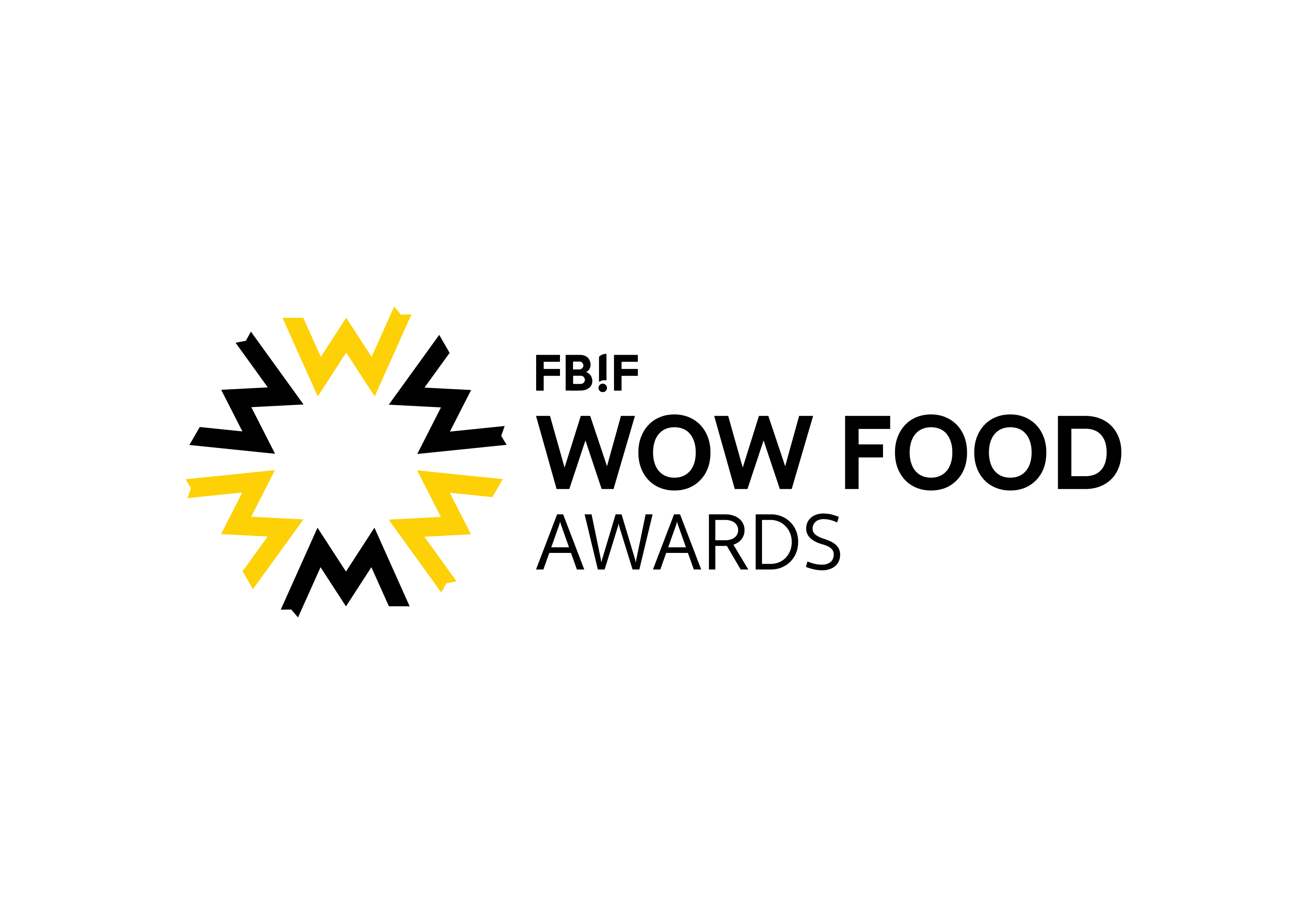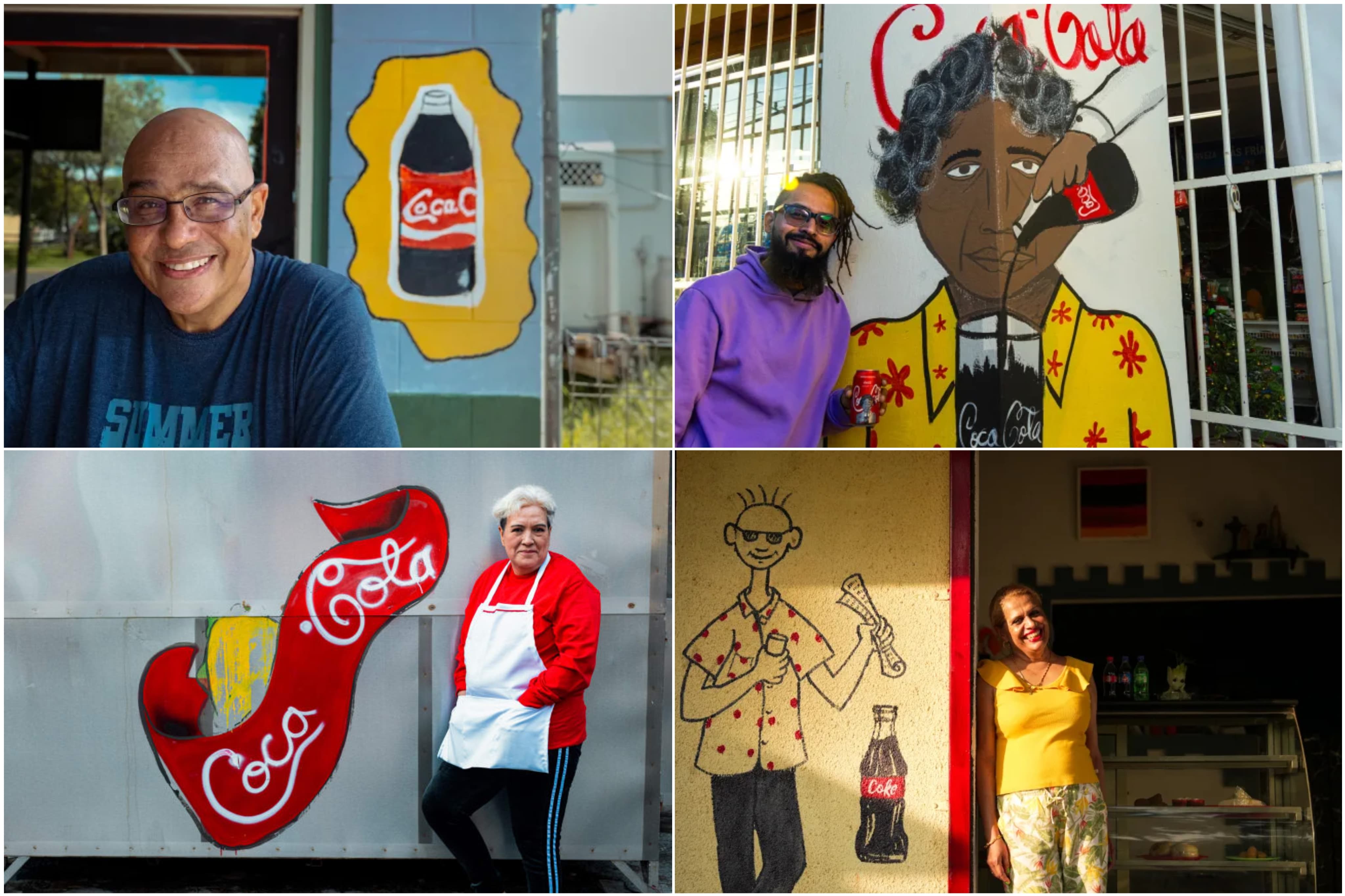In the rising tide of e-commerce, how are CMOs redefining the value of brands on digital platforms? Amid the extensive reach of social media, how are they addressing the fragmentation and fluidity of consumer attention? In balancing performance advertising with brand advertising, how can they achieve both short-term conversions and long-term brand image? In the face of rapid growth of private labels and store brands, how do they ensure the market position of traditional brands? As brand loyalty among younger generations gradually declines, how can they foster deep emotional connections with consumers through innovative methods? The environment is constantly changing, challenges are ever-present, and resources are always limited. Every choice they make tests the wisdom and foresight of CMOs in this evolving landscape.
In 2024, the State Council released its first policy on the "silver economy." By the end of 2023, China had nearly 300 million people aged 60 and above (21% of the population), surpassing the 260 million Gen Z (19%). This aging demographic is a rising consumer force.
But is the silver economy only about seniors buying senior products? In reality, it's far more dynamic. Young people buy for elders, middle-aged consumers plan for aging, and many seniors shop for their families. Beyond age, the silver economy drives cross-generational consumption, shaping a diverse and expanding market.
This topic is reserved for ACGBOX.

(Resource: ACGBOX)
In an era of fragmented information, how can brands build deeper connections with young users? How can traditional brands rejuvenate themselves through innovation and emotional resonance? Bilibili’s “Deep Mindshare” concept offers brands a unique opportunity to co-create with users. Through community-driven operations and deep engagement, brands seamlessly integrate into young people’s lives, fostering lasting recognition and strong affinity.
Coca-Cola launched its first AI-created sugar-free cola, "Future 3000 Years," through its global creative platform "Coke Studio," collaborating with Baidu to provide a unique AI interactive experience. Kraft Heinz utilized AI technology to introduce plant-based cheese slices, Not Cheese, which topped sales charts during the testing phase. The Italian gelato shop Terra has also launched the world's first AI-generated gelato. In recent years, the integration of AI technology within the food industry has been steadily advancing, helping brands effectively respond to market changes. Research indicates that nearly 80% of CMOs allocate 10% of their budget to innovation, yet 60% struggle to find suitable pathways for implementation.
In the process of global market expansion, food and beverage companies not only face operational challenges such as regulations and logistics in different markets, but also need to find ways to resonate with local consumers in terms of marketing. This topic will focus on how multinational brands can meet the unique needs of consumers in different regions through in-depth cultural understanding and localization strategies to enhance brand resilience and loyalty.
- How can a brand keep its core values intact as it expands globally while adapting to local cultures? The balance is very delicate.
- How do brands, which are often labeled differently in different cultures, meet the expectations of consumers in each market while at the same time breaking certain stereotypes?
- How do you develop a team with global cultural sensitivity? The diversity and cultural awareness of internal teams is crucial in the process of cross-cultural expansion of a brand.
- How to anticipate and avoid the risk of cultural misunderstandings?
While product stability remains essential, consumers increasingly focus on emotional resonance. Research shows that 64% of consumers now prioritize emotional or 'spiritual' consumption. For instance, Luckin Coffee's collaboration with Black Myth: Wukong sold out its limited-edition merchandise in one hour, generating 1.52 billion topic views and showcasing the young generation's cultural pride. McDonald's engages adults with toys, strengthening emotional ties with the concept of "McDonald's treats you like a kid again." ACGBOX Manta offers a "IP + Snack" mix that combines health and fun, enhancing product value. How can brands use emotional connections to enhance user stickiness and boost brand value?
The FBIF Wow Food Awards is a global and comprehensive food innovation award recognizing outstanding achievements across various categories, including product development, packaging design, and marketing innovation in the food and beverage industry.
The Marketing Innovation Award specifically honors exceptional marketing strategies related to products and brands, covering the planning, execution, and impact of marketing campaigns.
In this session, we will announce the winners of the Marketing Innovation Award, which includes 2 annual awards and 6 category awards. Additionally, we will host an award-winning case analysis session, providing insights from multiple perspectives, including consumer insights and strategy, commercial value, and execution effectiveness. Join us as we explore outstanding marketing cases to inspire new ideas and innovation.

How can brands capture and sustain consumer attention on Instagram, TikTok, and YouTube through visual content, interactive campaigns, and UGC? This session explores how F&B brands can blend product appeal with social storytelling to create memorable experiences.
Featuring BrandPal, TikTok’s 2024 auction champion and official live commerce training agency, this session will provide actionable insights on crafting effective social strategies, enhancing brand engagement, and driving long-term growth.
Vital Proteins, the top collagen brand in the U.S., acquired by Nestlé in 2021, pioneered a new consumption scene by "snackifying" collagen products and driving engagement through an influencer-content approach. Active on Instagram and TikTok, the brand focuses on Key Opinion Consumers (KOCs) with 2,000 to 5,000 followers, achieving interaction rates of 25% to 40%. How can Vital Proteins' social media marketing model inform outbound brands, and what lessons might it bring to social media marketing in China?
Retail media is becoming the new battleground for brand marketing. In North America, 56% of retail media professionals plan to increase investment, leveraging consumer touchpoints to drive both sales and measurable impact. Meanwhile, Walmart’s global ad business grew 28% in 2023, reaching $3.4 billion, with projections that advertising and membership revenue will contribute 20% of its operating profit by 2025—further proving the commercial value of retail media.
In China, dairy brand Cass and retailer CR Vanguard launched a full-funnel retail media campaign across online and offline channels. Over just two weeks, it covered 30 stores in Tianjin, surpassing sales expectations with an ROI of 3.06, demonstrating retail media’s power to boost performance.
To explore both opportunities and challenges in this space, we’ve invited Thiago, an expert from Unlimitail—a Carrefour and Publicis joint venture and Heinz Brazil former brand leader. He will share insights on global retail media trends and how technology can unlock new growth opportunities for brands.
Lay’s, in partnership with Meituan Instashopping, launched a late-night snack product, driving 50%+ user growth and 1.6x higher conversion rates. Suntory's "Suntory Brand Day" boosted its water category ranking from 15th to 2nd. Mondelez’s workplace afternoon tea campaign increased transactional users by 60%+ and GMV by 200%+. Scenario-based marketing is now essential for brands, but how can they accurately identify needs, craft effective strategies, and measure results? How does Meituan Instashopping support brands in refined, omnichannel operations?
The New Zealand brand Zespri, which exclusively sells three varieties of kiwifruit, holds a third of the global market share, with annual sales reaching 17.3 billion. Zespri has not only gained pricing power through agricultural branding but has also made a lasting impression on brand awareness and scenario marketing.
Addressing the common issue that many people forget to eat fruit, Zespri has launched the innovative "Fruit Pill Box." Divided into seven compartments, symbolizing the days of the week, it serves as a gentle reminder for consumers to enjoy kiwifruit daily. This clever idea not only helps to cultivate healthier habits but also conveys the brand's genuine care for its consumers.

(Image source: Marketing-Interactive)
During festive seasons, brands go all out to capture attention in the shortest time possible. But in a highly competitive market, breaking through is no easy feat. Yili, however, has achieved viral success for three consecutive years with its Chinese New Year campaigns.
- Year of the Rabbit: Yili’s "Rabbit Dance" took the internet by storm, sparking a nationwide dance challenge and amassing over 2.9 billion views.
- Year of the Dragon: The catchy "HaHa Song" spread laughter across the nation, its infectious rhythm turning it into an emotional high point of the holiday.
- Year of the Snake: Partnering with comedian Jia Bing, Yili launched "New Year’s Best Buddy," a campaign packed with relatable humor and festive warmth, securing a three-minute social media takeover and igniting online conversations.
What’s the secret behind Yili’s viral success? How does it tap into festive emotions and craft campaigns that resonate and spread like wildfire?

(Source: Yili)
Coca-Cola’s global innovation campaign, "Thanks for Coke-Creating" (also known as "Every Coca-Cola is Welcome"), has given the brand’s logo a fresh, localized interpretation by bodegas, shopkeepers and artists worldwide. Rather than “correcting” these diverse and unconventional renditions of its logo, Coca-Cola embraced them—turning this creative evolution into an opportunity for deeper engagement with local communities and a stronger cultural connection. This initiative is not only a celebration of cultural diversity and creativity but also a testament to the brand’s ever-evolving spirit.
Led by VML, the campaign won three Gold awards at the 2024 Cannes Lions International Festival of Creativity and helped Coca-Cola achieve a historic milestone—being named Creative Brand of the Year for the first time. As VML’s Deputy Global Chief Creative Officer and Coca-Cola’s creative lead, Rafael played a pivotal role in shaping this groundbreaking marketing initiative. What are his core creative principles when crafting Coca-Cola’s campaigns? And how does he bring them to life?

(Source: VML)
From ALDI’s "giant vegetables" on subway pillars to Juhuasuan’s promo messages on “folded” bed sheets, brands are quietly turning daily life into ad space. In the 2025 CNY campaign, Heinz × Yellow Swan printed "The Story of Tomato and Egg Stir-Fry" on 10,000+ egg cartons—engaging consumers while seamlessly blending into Chinese home cooking. These "invisible ideas" are reshaping brand-audience interaction, making communication more natural and impactful. So, how can we train our eyes to spot creativity?
This session features the creative lead behind the “Tomato and Egg Stir-Fry CP” campaign, sharing insights through real cases. Bring your creative challenges—we've reserved ample time for discussion!

(Source: Heinz)

